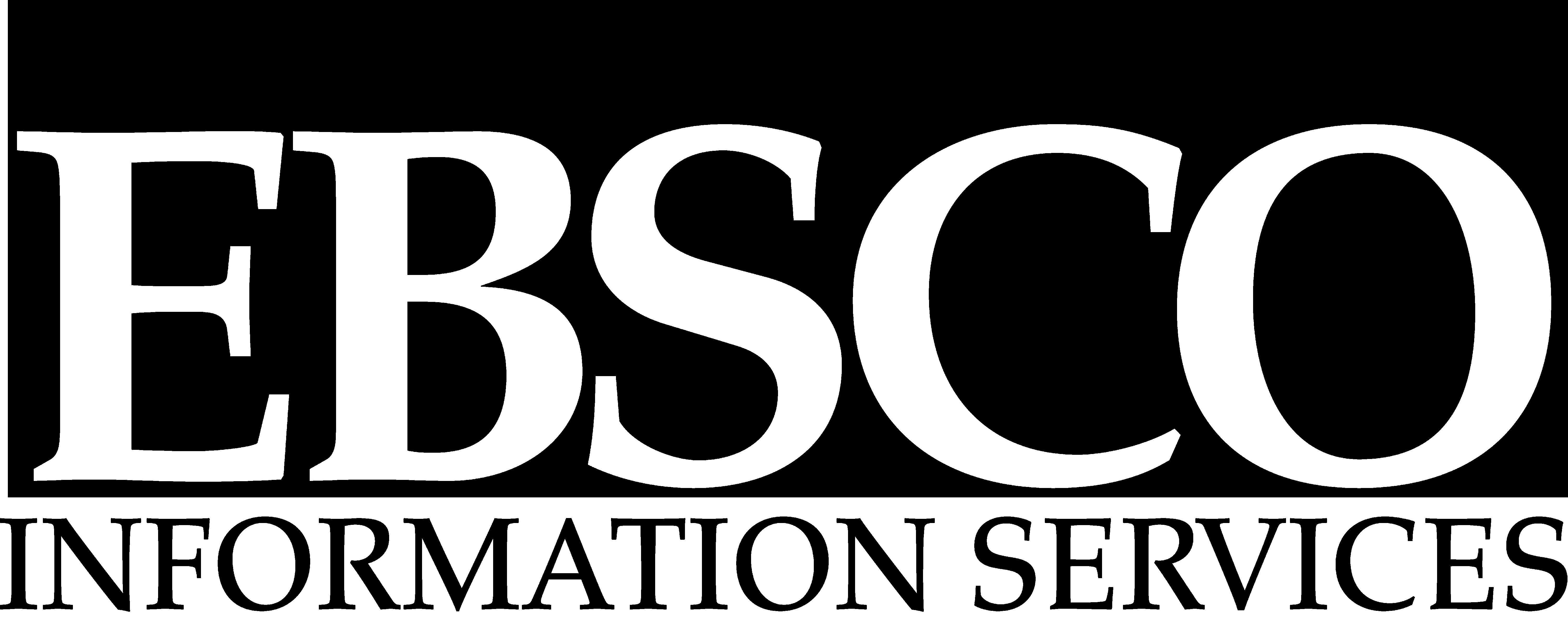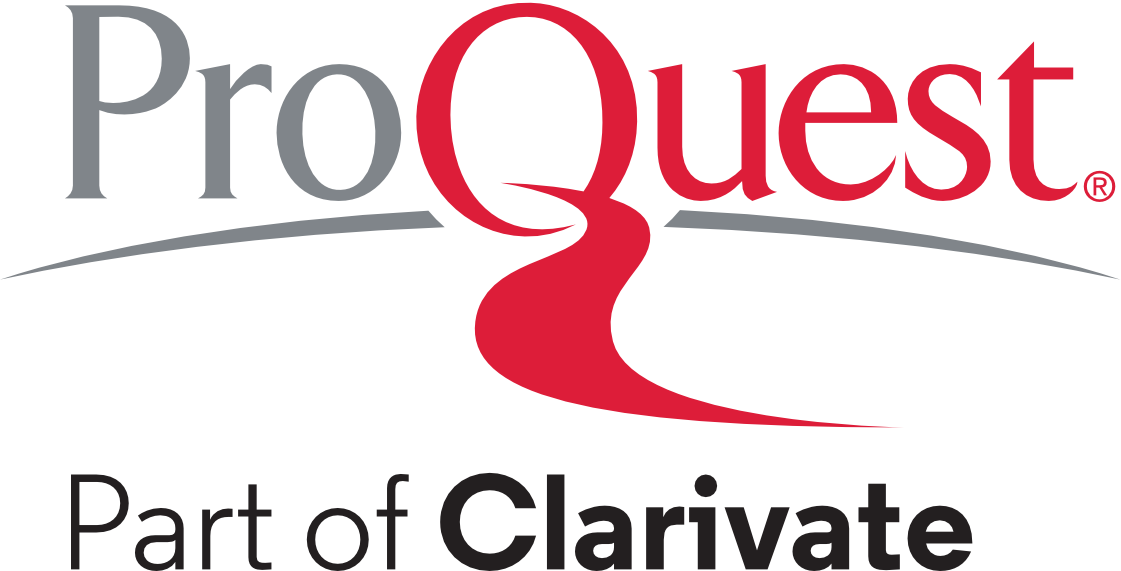Symptomatic dissolution an eating disorders
DOI:
https://doi.org/10.17981/JACN.4.1.2023.6Keywords:
Symptomatic dissolution, eating disorders, diagnosis, precocious, evolutionAbstract
This article attempts to make a historical description of the stories that Orbit Eating Disorders (ED), these being sustained by context, ethics, religion, morals, customs, beliefs among many. These discourses are often so plausible, rational, and coherent causing the diagnosis to be delayed over time by the professionals involved and covertly the ED is hypertrophied in such a way that the physical, emotional, and social impact is of such magnitude that therapeutic interventions must be incisive and decisive in order to avoid a fatal outcome. It will be seen in the course of the article how in different times and contexts the discourse with rational explanations loaded with emotions may vary, but the objective and purpose remain intact. The term symptomatic dissolution refers to the fading of the symptom in the context that unfolds going unnoticed, mimicking the environment
Downloads
References
Asociación Estadounidense de Psicología. (2014). Manual Diagnóstico y estadístico de los Trastornos Mentales. DSM-5. (5 ed.). Panamericana.
Baile, J. y González, M. (2012). ¿Anorexia en el siglo XIV? el caso de Santa Catalina de Siena. Revista Mexicana de Trastornos Alimentarios, 3(2), 80–88.
https://doi.org/10.22201/fesi.20071523e.2012.2.225
Behar, R. y Arancibia, M. (2015). Ascetismo y espiritualidad en la anorexia nerviosa. Un análisis psicosocial histórico. Salud Mental, 38(3), 225–232.
https://doi.org/10.17711/SM.0185-3325.2015.031
Bell, R. (1985). Holy anorexia. University of Chicago Press.
Davis, J. (2012). World Veganism, Past, Present and Future. IVU. Available:
https://ivu.org/history-legacy-pages/world-veganism-past-present-and-future.html
Di Renzo, G. M. (2008). Catalina de Siena: Su Teología hecha Biografía. Revista de Teología, 45(97), 621–632.
https://dialnet.unirioja.es/descarga/articulo/2795560.pdf
Fernández, A. M. (2015). Historia de la anorexia nerviosa. MoleQla, (20), 1–3.
https://www.upo.es/cms1/export/sites/upo/moleqla/documentos/Numero20/Destacado-2.pdf
García, H. F. (2007). Biodiseño, Aportes conceptuales de diseño en las obras de los animales [Tesis doctoral, Universitat de Barcelona]. Diposit Digital UB.
http://hdl.handle.net/2445/41525
García, X. (2009). Anorexia Cortesana: De superfula groseca y gordura en las gentes, de Luis Zapata de Chaves (1526- 1595). Revista de Historia de la Psicología, 30(2-3), 115–124.
https://journals.copmadrid.org/historia/art/57bafb2c2dfeefba931bb03a835b1fa9
LeDoux, J. (1999). El Cerebro Emocional. Planeta.
Marin, M. (2000). Retiro y Ayuno: Algunas practicas religiosas de las mujeres andalusíes. Al-Qantara, 21(2), 471–480.
https://doi.org/10.3989/alqantara.2000.v21.i2.440
OPS. (2023, febrero). Lactancia materna y alimentación complementaria. PAHO. Disponible en
https://www.paho.org/es/temas/lactancia-materna-alimentacion-complementaria#respuesta-ops-lm
Pinto, P. (2002). La Sangría. Salud Uninorte, 16, 5–8.
https://rcientificas.uninorte.edu.co/index.php/salud/article/view/4169
Romero, M. E. y Roy, J. F. (2006). La lactancia materna en el niño mayor. Medicina Naturista, (10), 646(168)–652(174).
http://www.medicinanaturista.org/images/MN10.pdf
Rufino, J. (2007). Acción y discurso de Santa Catalina de Siena. Una Mujer que hizo historiaen un tiempod e hombres. La Aljaba Segunda Epoca, 11, 101–118.
https://repo.unlpam.edu.ar/handle/unlpam/5350
Suetonio, C. (1995). Vidas de los doce cesares. Planeta DeAgostini.
Union Vegana Argentina. (2013, 25 de Octubre). Fundamentos del veganismo y vegetarianismo. Disponible en http://www.unionvegana.org/fundamentos-del-vegetarianismo/
Urquizo, R. (2014). Lactancia materna exclusiva ¿Siempre? Revista Peruana de Ginecología y Obstetricia, 60(2), 171–176. Disponible en
Published
How to Cite
Issue
Section
License
Copyright (c) 2023 Journal of Applied Cognitive Neuroscience

This work is licensed under a Creative Commons Attribution-NonCommercial-NoDerivatives 4.0 International License.
You are free to:
- Share — copy and redistribute the material in any medium or format.
- The licensor cannot revoke these freedoms as long as you follow the license terms.
Under the following terms:
- Attribution — You must give appropriate credit, provide a link to the license, and indicate if changes were made. You may do so in any reasonable manner, but not in any way that suggests the licensor endorses you or your use.
- NonCommercial — You may not use the material for commercial purposes.
- NoDerivatives — If you remix, transform, or build upon the material, you may not distribute the modified material.
- No additional restrictions — You may not apply legal terms or technological measures that legally restrict others from doing anything the license permits.


 English
English
 Español (España)
Español (España)










